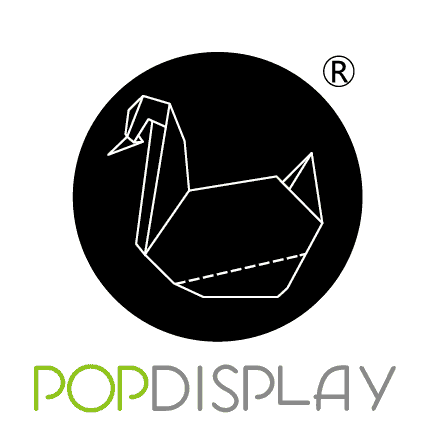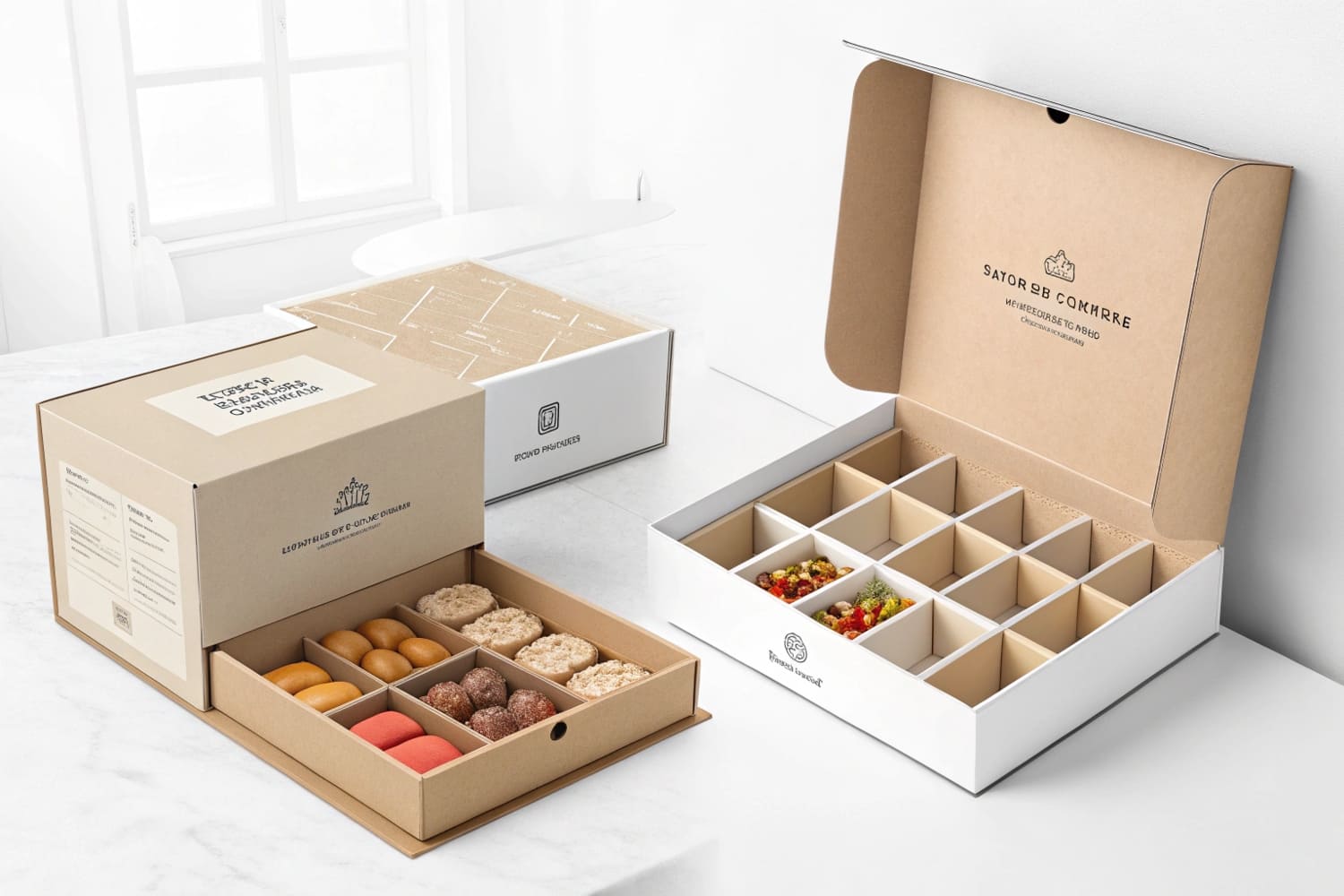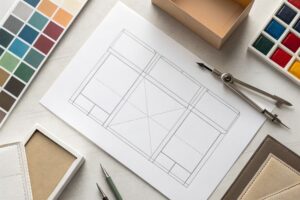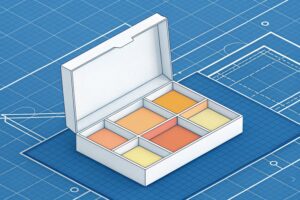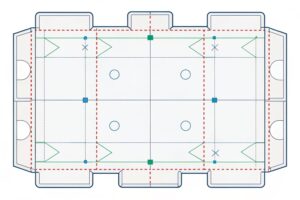Retail shelves feel crowded. Buyers scan fast. I use cost-effective cardboard display packaging to cut clutter and lift sales. In this guide I explain simple terms and clear choices.
Wholesale display packaging boxes are bulk-produced cardboard or corrugated units that ship flat, assemble fast, and both hold and present products in stores, helping brands win shelf space while lowering per-unit cost.

I start with clear definitions. I add real steps that reduce risk. I share tests that I run in my factory. You get simple choices, faster sign-offs, and cleaner launches.
What is a retail packaging box?
Many people mix retail boxes and display boxes. Confusion wastes time. I keep the line clear so quotes, print files, and tests move fast and production stays on track.
A retail packaging box is the primary carton that protects a single product, carries branding, and goes home with the shopper; it is not an in-store display structure.
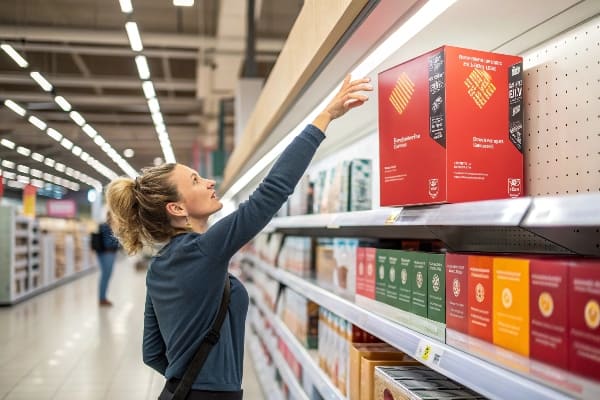
Key traits and decisions
A retail box protects one item first. It also sells the story. I choose paperboard for light goods and corrugated for heavy goods. I match coatings to handling and climate. I set the closure so pack-out is quick and theft risk stays low. I lock color targets early, because color drift breaks trust. I run samples, crush tests, and drop tests before mass runs. I follow store rules for labels, warnings, hang tabs, and barcodes. I keep files in one place. I add a simple checklist so teams move in sync. I learned this lesson on a hunting scope launch. The U.S. buyer pushed for rich black. I pushed for water-based inks1 and a soft-touch film-free varnish. We hit ΔE within tolerance and passed rub tests. The box looked premium and stayed recyclable2. The buyer reordered in four weeks.
| Component | Typical Options | Purpose |
|---|---|---|
| Material | SBS paperboard, E-flute, B-flute | Balance print quality and strength |
| Digital, flexo, litho-lam | Match run size and graphics | |
| Closure | Tuck, snap-lock, auto-bottom | Pack speed and security |
| Finish | Aqueous, matte, gloss, foil | Shelf pop and scuff control |
| Inserts | Card, pulp, foam-free | Hold position and protect |
| Compliance | FSC, recycling marks | Retail and brand standards |
What is display packaging?
Teams often say “display packaging” for many formats. That slows specs. I break it into clear types so marketing, engineering, and purchasing sign off faster.
Display packaging is any pack that both contains products and promotes them at the point of purchase, including shelf trays, PDQ shippers, counter displays, and pallet displays.
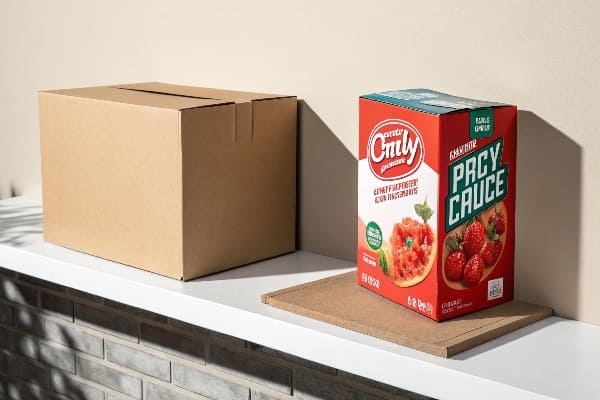
Formats and trade-offs
Display packaging sells on sight and also moves product. I plan it as a system, not a box. Shelf trays boost facings and speed replenishment. Counter displays drive small add-ons near checkout. PDQ shippers go from carton to shelf with one tear strip. Pallet displays win traffic in clubs and big box stores. The market keeps growing worldwide. North America stays steady. Asia-Pacific grows fast with urban retail and e-commerce. Europe pushes hard on sustainability. I design for quick setup, light weight, and strong brand panels. I use digital print3 for short runs and seasonal turns. I reuse die lines to cut lead time. I add QR or NFC when the brand wants data. I plan freight early, because flat-pack saves cost. I test ISTA where needed. I mark each part clearly so store teams set it fast. That saves labor and protects margin.
| Format | Best For | Setup Time | Typical MOQ |
|---|---|---|---|
| Shelf/Tray | Fast facings, small goods | Very low | Low–Medium |
| Counter | Impulse items | Very low | Low |
| PDQ Shipper | Speed to shelf | Low | Medium |
| Pallet | Club and promo zones | Medium | Medium–High |
| Floor Stand | New launches, big story | Medium | Medium |
What are custom packaging boxes?
Buyers ask for “custom boxes” and fear high costs. I show how smart choices control unit price while keeping brand impact, speed, and strength.
Custom packaging boxes are made-to-order cartons with tailored size, structure, graphics, and finishes, built to your product, budget, and retail rules rather than standard off-the-shelf sizes.
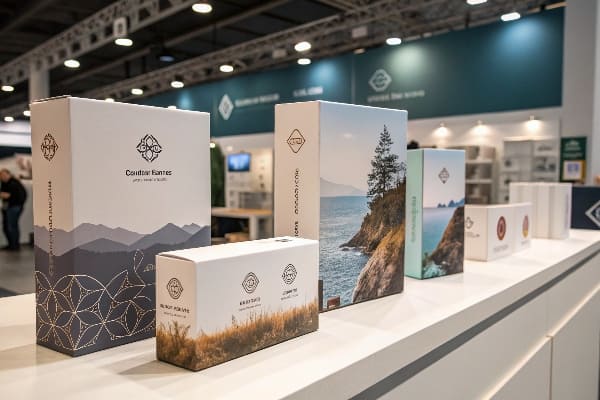
Cost levers and workflow
Custom does not have to be slow or expensive. I control costs at the spec stage. Board grade sets strength and price. Flute choice sets stack height and print face. Digital print trims setup cost on short runs.4 Flexo drops unit cost on repeats. Litho-lam gives photo quality for hero launches. I place art to avoid waste and to nest parts tight. I keep dielines reusable, so next season moves faster. I run a simple path: brief, 3D render, prototype, tests, color sign-off, then mass run. I give free tweaks in the sample stage, because clean files save money later. A story helps here. I built custom display trays for a hunting accessories line. The buyer needed strong hooks, deep colors, and a strict date. I switched to a higher-caliper E-flute only at stress points and kept the rest light. We hit the date. We held cost. The line sold through and reordered.
| Lever | Impact on Cost | My Tip |
|---|---|---|
| Board grade | Strength vs price | Upgrade only where loads demand |
| Print method | Setup vs unit | Use digital for tests and flexo for repeats |
| Die reuse5 | Tooling amortization | Standardize footprints across SKUs |
| Flat-pack | Freight and labor | Design to assemble in under 60 seconds |
| Coatings | Look vs recyclability | Prefer water-based, film-free finishes |
| QC gates | Scrap risk | Lock color targets and load tests early |
What is a display box?
Suppliers use “display box” loosely. I define it narrowly so teams compare quotes correctly.
A display box is a small corrugated or paperboard unit that ships filled or flat, opens into a ready-to-shelf tray or countertop presenter, and exposes products for quick pick-up.

Design checkpoints
A good display box6 opens fast and stays tidy. The tear-away front must reveal the brand and the product. The wall height must hold units snug so they face out. Perforations must tear clean with one motion. Glue tabs must not fight the store team. I add a riser card when I need a billboard. I notch the tray if hang tabs need room. I mark outer cartons so the right side faces out on the shelf. I increase wet-strength or add a thin nano-barrier when humidity is high. I print simple setup icons on the bottom. I run a quick planogram test7 on a real shelf. I time assembly with a phone and aim under one minute. I record the best method and include it on the carton. This keeps displays neat and drives repeat sales.
| Checkpoint | What to Specify | Failure if Missed |
|---|---|---|
| Perforation path | Single, clean pull | Ragged edge, weak branding |
| Wall height | SKU-specific hold | Falling units, messy look |
| Glue areas | Tab size and location | Slow setup, open seams |
| Riser card | Size and locking tabs | Lost billboard, wobble |
| Outer marks | “This side faces out” | Backwards shelf set |
| Coating | Aqueous or nano-barrier | Sag in humid stores |
Conclusion
Clear terms speed quotes, reduce waste, and lift sales. Start simple. Choose the right format. Lock files early. Test once. Ship flat. Set fast. Win the shelf.
Explore the advantages of water-based inks for eco-friendly packaging solutions and their impact on print quality. ↩
Learn about the environmental benefits of recyclable packaging and its importance in sustainable retail practices. ↩
Learn about the advantages of digital print for short runs and seasonal packaging, optimizing production and reducing waste. ↩
Explore this link to understand how digital printing can significantly reduce costs and improve efficiency for short production runs. ↩
Learn about die reuse and its advantages in tooling amortization, which can lead to substantial cost savings in production. ↩
Explore this link to learn effective design strategies that enhance visibility and functionality of display boxes. ↩
This resource will guide you through conducting planogram tests to optimize product placement and improve sales. ↩
